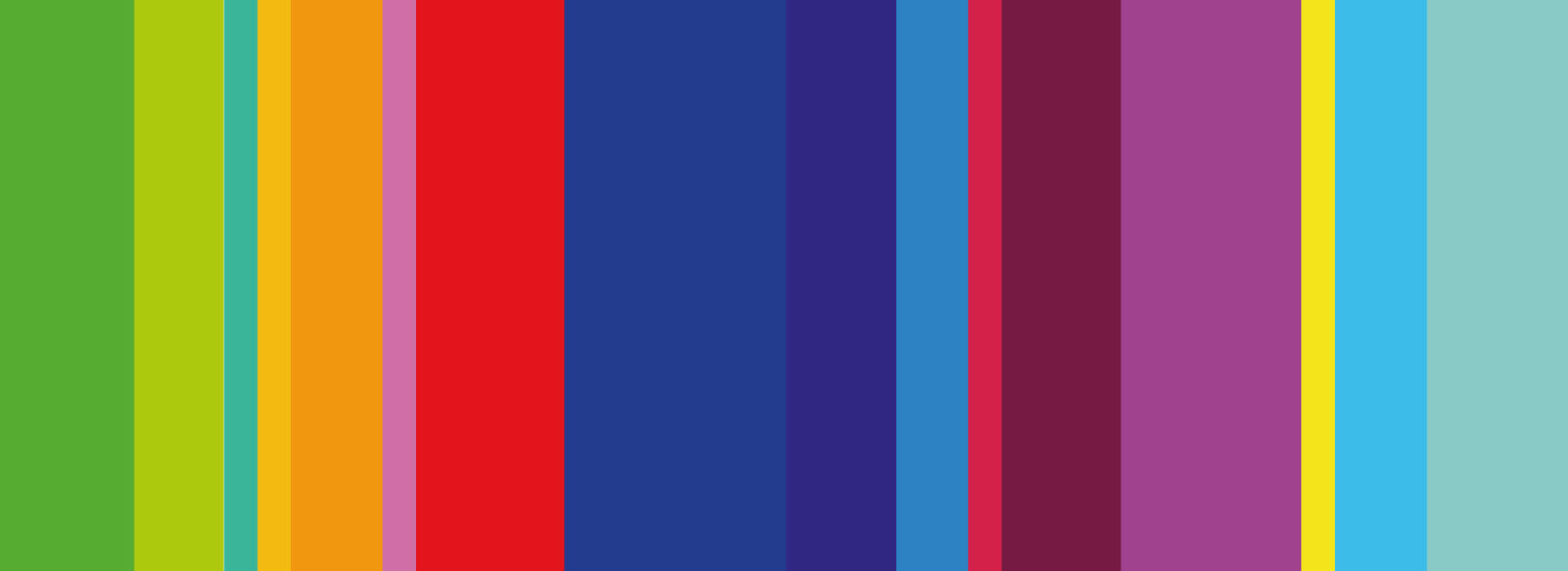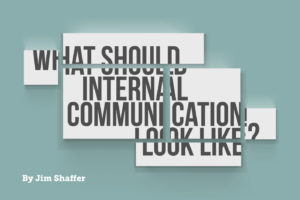If you’re reading this around lunchtime – and you also happen to be working in an office that’s predominantly red and yellow in colour – you should probably eat something sooner rather than later, or you might be consumed by raging hunger.
Or that’s the idea at least. The ‘Ketchup and Mustard’ theory suggests that the colour red kick-starts our appetite, while the colour yellow elicits joviality and excitement. Together, they’re the perfect partnership in making us hunger for some grub.
This theory helps to explain why so many fast food restaurants have brand logos which scream this particular colour couplet. Think MacDonald’s, Burger King, Pizza Hut – there’s no purple, orange, green or pink. Just endless red and yellow. (If you want more proof, just google ‘fast food logos’ – you’ll probably forget any other colours exist).
Fast food franchises are perhaps the best examples of how the psychology of colour is used in marketing to prompt a specific reaction – in this case, persuading people to pop in for a bite to eat. And it’s not without precedent – colour is registered by our brains faster than any other form of communication.
Needless to say, although our brains are the most powerful computers on the planet, they can be deceptively easily duped by the persuasive power of colour. Studies have shown that up to 90% of our snap judgments about products can be based on colour alone, and if you ever wondered why ‘SALE’ signs in shop windows are always red, it’s because this colour also happens to invoke a sense of urgency (in subtle ‘get-it-before-it’s-gone’ style).
All this theory and evidence suggests that colour is a great way to make messages stick. Not only are colourful communications more vibrant and visually appealing, but aligning colour with message can subtly but greatly enhance meaning.
However, the psychology of colour is based predominantly on predetermined generalisations. Our individual responses to different colours are also highly personal – and over time our perceptions of colour are (literally) coloured by our unique experiences. What one person associates with the colour green won’t necessarily be the same as someone else.
So although colour can help to enhance the meaning of communication, we mustn’t overlook the meaning itself. Otherwise, instead of encouraging someone to buy-in to an idea – we might instead end up making them really, really hungry.
Discover how spicing up communications with some colour can really make an impact by checking out some of our best creative comms case studies.
If you enjoyed this dollop of H&H-style inspiration, there’s plenty more where it came from. You’ll love our other blogs – go on, give them a gander!







